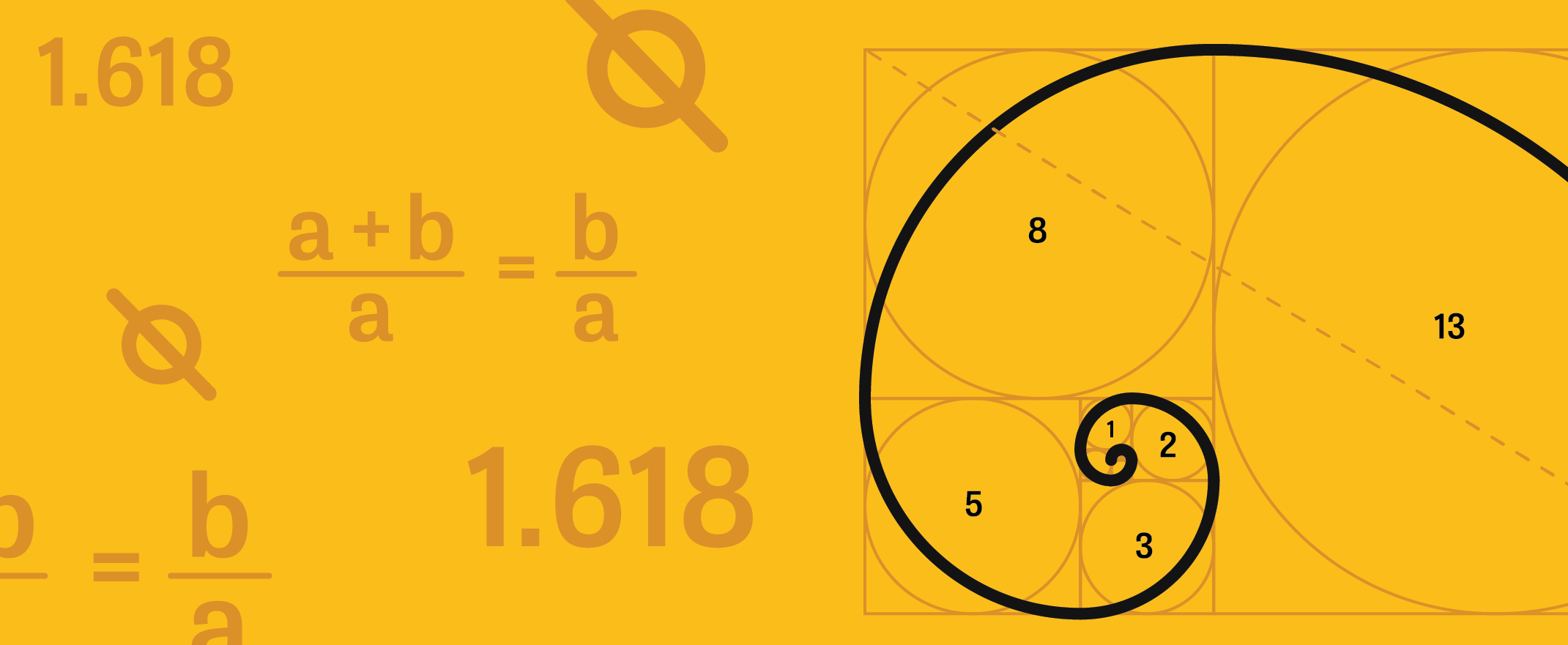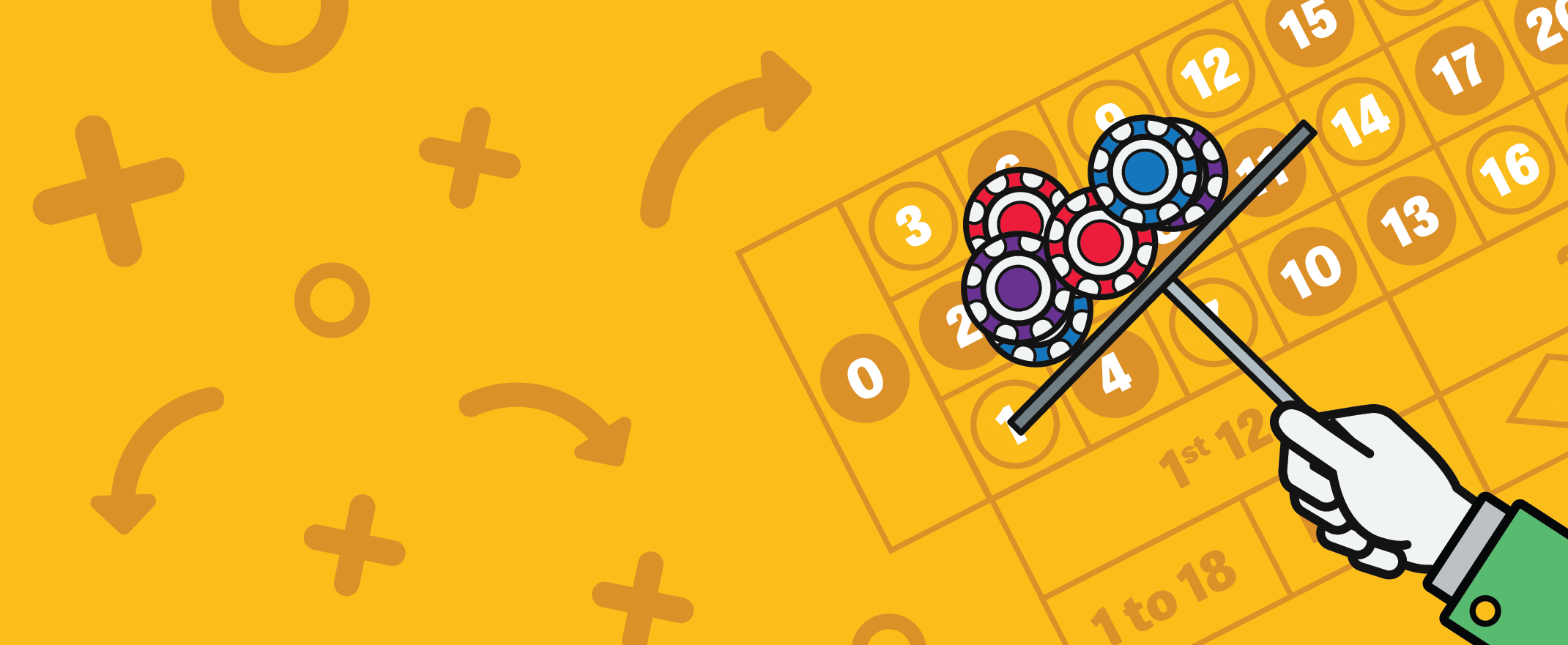This is not to say that there is no room to improve one’s roulette experience, only that skill cannot affect the outcome of a game. Strategy forms a big part of the roulette system and choosing the best roulette strategy for one’s style of play is important.
In this guide, we will talk you through what a roulette strategy is and recap a few of the most popular ones out there.
What is a roulette strategy?
As a gambler, you should always remember that casinos are a business, with their minds on making profit. They will not simply allow players to play games that can be easily beaten – the would be a very poor business plan. So while a player can have some amazing winning spins, the house will always win.
With that out of the way, we can go on to talk about roulette betting strategies. Keep in mind that none of these will work 100% of the time. Roulette has a stronger element of chance than pretty much any other game you can play at a casino. The result of a spin of the wheel is completely unpredictable.
With that in mind, the strategies we talk about below are based on betting and minimising losses, not in somehow being able to predict or influence the outcome. These strategies offer a guide for the kinds of bets to make and in what order.
[js-featured-quote]Roulette has a stronger element of chance than pretty much any other game you can play at a casino. The result of a spin of the wheel is completely unpredictable.[/js-featured-quote]
Different types of roulette strategies and betting systems
Roulette betting strategies can generally be categorised into one of two groups – progressive and non-progressive or flat strategies. Each have their pros and cons and when it comes to the best way to play roulette, you will need to consider your budget as well as the type of roulette you intend to play.
The Martingale roulette strategy
This strategy is very popular with novice players and for good reason – it is easy to remember and easy to implement. Unlike some other strategies, it does not include a mathematical element, which is often too complicated to learn much less apply on every bet.

The Martingale strategy is applied when placing even money outside bets i.e. bets as close to a 50% chance of winning as possible. This means Low/High, Red/Black, and Odds/Evens bet. These bets have a high chance of winning but also have the smallest payout size.
The concept of this strategy is simple – double your bet every time you lose and keep doing so until you win. The thinking is that once a win comes in, it will be large enough to recoup the losses. After a win, return to your original bet size, rinse and repeat.
As a roulette strategy, the Martingale is easy to learn but it is also quite risky, particularly for advanced players. The main problem is that a player risks running out of money after just a few rounds. If they lose too many times in a row, the player might hit the table limit and eventually, this can mean that the player cannot double their bet and therefore will not be able to recoup previous losses.
Reverse Martingale roulette strategy
As you might surmise from the name, the Reverse Martingale is the opposite of the Martingale. Where the latter calls for a loss to be followed by an increase in bet, the former calls for a larger bet following a win. Both operate on even bets though.

Start off by wagering the smallest amount possible. Continue at this bet level until a win is struck, at which point you double your bet on the next spin. Continue in this way until you lose, at which point you restart the process by betting at the smallest amount again.
The logic behind this system is based on the thinking that losses and wins usually come in streaks. By adjusting your betting to increase during winning streaks and decrease during losing streaks, you minimise your losses. This makes for a fairly safe and stable system, though it is not without its disadvantages.
Using this strategy successfully relies on the player knowing exactly when to stop betting – when larger bets are involved, it takes only one loss to completely wipe out a player’s funds.
Paroli roulette strategy
The Paroli strategy is also known as the Reverse Martingale, which we have explained above.
D’Alembert roulette strategy
This strategy is uses flat progression and is considered one of the safer strategies out there. That said, it is built on an idea that is patently false. Jean-Baptiste le Rond d’Alembert, the Frenchman this strategy is named after, believed that a ‘heads’ result in a coin flip will likely be followed by a ‘tails’ result directly or soon after. The laws of probability tell us that this is definitely not the case but this strategy still works for some players.

First, the player must identify their lowest bet. This can be of any size but the player must keep in mind that they might need to bet several times this amount at once, so it should be reasonably low.
The strategy works on even bets and the player begins by making a bet. If they win, the bet remains the same for the spin that comes next. However, if this second spin is lost, the original bet must be doubled. Let’s use an example here.
Imagine our player has wagered £10 on a game (Spin 1) and they win. On Spin 2, the player will bet £10 again. If Spin 2 is also a win, the player halves their bet to £5 for Spin 3.
Now let’s say Spin 1 is a loss – Spin 2 will be at £10 again but if Spin 2 is also a loss, Spin 3 will be £20.
The D’Alembert strategy is easy to understand and presents a low-risk strategy. That also means there is a low payout. There is also the risk of hitting a long and painful losing streak, which can quickly deplete a player’s bankroll.
Labouchère roulette strategy
This fascinating strategy requires a little extra work but it is really easy to use once you get the hang of it. You will need a pencil and a bit of paper to use this progressive strategy.

First, the player will need to decide how much they want to win. For the sake of our example, let’s say that is a modest £10. Next, the player will need to split that amount into small bets and write them down in a row like this: 1 – 1 – 1 – 2 – 2 – 2 – 1
For the first spin, the bet will be the number on the far left plus the number on the far right, so 1 + 1 = £2. That is the size of our first bet.
If the first spin is successful, the player crosses out the two numbers that formed the bet i.e. the 1 from the far left and the 1 from the far right, so the line now looks like: 1 – 1 – 2 – 2 – 2. Using the rule above, the bet on the second spin will be 1 + 2, so £3.
If the first spin is a loss, the player adds that bet amount (£2) to the right-hand side of the sequence, creating the following: 1 – 1 – 1 – 2 – 2 – 2 – 1 – 2. The next bet will be £3 on the next spin.
This strategy is easy to understand and hard to mess up once you get some practice, and there’s nothing stopping the player from scrapping their sequence and starting over with a new one.
Like other strategies, there are some downsides to the Labouchere, namely that one long losing streak could lead to more losses than a player’s bankroll can cope with. Only an equally long winning streak can save a player from that happening and winning streaks are rather hard to predict.
Reverse Labouchère strategy
It seems like casino fans really enjoy turning strategies around and that’s what some of them have done with the Labouchere system to create the Reverse Labouchere. While the original one is based around increasing bets when the player loses, the Reverse increases the bet when the player wins.

The system uses the same string of numbers as a way to break down bets and keep track. However, where the original calls for the player to cross out the winning bets from the list, the reverse calls for the player to add the sum of the bet at the right-hand end of the sequence. When the player loses, the numbers they have just bet are crossed off the list i.e. the opposite to the original.
The Reverse Labouchere means that losses are limited. However, the house edge means that players are unlikely to win twice as many games as they lose, which is the only condition that allows significant potential wins.
Oscar’s Grind strategy
The ‘grind’ part of the name comes from this strategy’s aim, which is winning small amounts regularly. Like all the other strategies we’ve mentioned so far, Oscar’s Grind works on even outside bets, which give the player the best edge.
As an example, our player starts off with a £1 bet. The bet stays the same until the player loses, at which point they raise the bet to £2. The bet stays at £2 until a net profit is made. Once that happens, the bet is reduced back to £1. If a win follows a number of losses, the bet is increased to £3.
What Oscar’s Grind lacks in excitement it makes up for in dependability. The system is a safe one that encourages small profits.
Fibonacci roulette strategy
This strategy is based on the Fibonacci sequence, a sequence present in nature and with endless mathematical and scientific applications. The sequence is as follows: 1 – 1 – 2 – 3 – 5 – 8 – 13 – 21 – 34 – 55 – 89 – 144 – 233 – 377 – 610 – 987.

The strategy is fairly simple and can be used with any bet size while keeping the proportions the same. Start at 1 (ex. £1) then move down the sequence until a game is won. If the fourth spin is won, for example, that means the series of bets will have been £1, £1, £2 and £3.
When the game is won, the player moves back two numbers in the sequence and bets at that amount, with the aim being of getting back to the first space over time.
There are some issues with this strategy, namely that the Fibonacci sequence is just that – a sequence of numbers. The player’s bankroll and the table limit can prevent bets larger than a certain size. There is a real risk of massive loss in the event of a losing streak at the higher end of the sequence.
Column-betting strategy
This strategy is built around hedging bets by covering a larger proportion of the table at once. Despite the name, players can also use this strategy while betting on the dozens as the odds are the same.

The player makes a bet on the column/dozen they think will win at, say, £20. A second, hedge bet will be made on another column/dozen at half that size, so £10. There are three outcomes possible in this game: A win on the first column (£30 total), breaking even on the second column (£20 total) or a loss if the ball lands on a number in the third column.
Players can also hedge their bets further by betting even money on red or black for example. If the ball lands in the overlapped zone, the wins can be large but the losses can be equally big if the spin results in a loss. This strategy doesn’t change the roulette odds but uses them to at least minimise loss if not improve chances of a win.
James Bond strategy
Yep, we do mean that James Bond. Ian Fleming, who wrote the Bond novels, devised this non-progressive strategy and it remains in use today. The strategy can be used progressively as well.

The player starts off with a bet amount. It doesn’t matter how big or small as long as the following proportions are adhered to. An example would be a £20 bet, which would be split as follows:
- £14 on High (19 to 36)
- £5 on the line bet 13-14-15-16-17-18
- £1 on 0
This bet covers 25 spaces in total, leaving 12 spaces (the numbers 1 through 12) that would constitute a loss.
The problem with this strategy is that it doesn’t hold up in the long term. If we had to spin 37 times, it is unlikely that we would hit every single number available, so we might win a lot or lose a lot. That unpredictability means that the James Bond strategy is certainly exciting but it could also spell trouble for a player’s bankroll.

High and low risk strategies in roulette tournaments
When you have a very small chance of winning, you are compensated by boosting your payout amount to make it even. On the other hand, when you are participating in special types of roulette tournaments, the various bets available have expected values or payouts based on your standing in the tournament as well as the risk of the bets.
Let’s focus a little more on roulette tournaments. Imagine, you are in a one-on-one roulette tournament where you are facing one sole opponent for a number of spins, and whoever has the most chips after that specific number of spins is declared the winner of the round while the loser is automatically eliminated from the tournament.
If you both start off with 500 chips and after winning a few rounds you end up with 1000 chips and your competitor has 100 chips with only 5 spins to go, then it would be easier for you to place 100 chips on black in the hope of winning the round than say, betting 1000 chips.
Your competitor has little chance of winning regardless of whether you lose or win the bet. Secondly, your opponent has roughly a 50% chance to get back in the game in the hope of having a good chance of winning.
The main point we are trying to make is that an online roulette tournament that applies this format, whereby you need to beat either one or a small group of competitors to proceed on to the next round, your strategy should not be to maximise your winnings as much as possible. On the contrary, your main strategy should be to increase your chances of having the biggest chip count of the entire group.
If you suffer a loss that impacts you much harder than a win does on an evens bet, then you are likely to suffer a huge setback, and this goes for any other type of bets available at the roulette table.
How to choose the best strategy for you?
It might seem like the entire population of roulette players falls into one of two camps – those who wouldn’t dream of playing without a strategy and those who think that the biggest factor is chance and that there is no point in sticking to a specific plan. There are no roulette tricks or failsafe strategies so there really are no rules for how to choose one.
In truth, roulette is fun no matter which side of that particular fence you stand on. The best way forward is to become acquainted with the strategies that have already been developed and try out the ones that take your fancy. Of course, you can also get stuck in to developing your own strategy and with some time and effort (and maybe a decent bankroll), your strategy could one day be featured in roulette guides like this one!

Should you use a roulette strategy?
The best way to play roulette and indeed any casino game is to make sure you are playing for the right reasons – to have fun, relax, or be entertained – instead of as a way to win money. The laws of chance are such that no one can predict how any game will turn out and approaching gambling as a money-making endeavour is a recipe for disaster.
Using a roulette strategy can help players by providing a structured way to bet. For new players, this can be invaluable and for experienced players, a strategy gives the opportunity to hone and improve the way they make bets over time. Players can also choose not to use a strategy and make bets as and when they want.
At the end of the day, a strategy is only a guide. No one is forced to commit to a single strategy throughout their gambling experience or even throughout the same session. Because no one strategy guarantees wins, it’s perfectly fine to change things up.
Why are there no perfect strategies for roulette?
As we said earlier, the main goal of a casino is to make money and that money comes from, you guessed it, losing players. Like every single casino game, roulette is devised in such a way that the house always has an edge, however small it might seem. This is why there no roulette system that can guarantee a win 100% of the time.
As the old adage goes, you win some, you lose some. This is what roulette is all about and what makes it such an exciting game that millions of players enjoy.
Summary
Roulette is fun and easy to play, even for complete novices. Betting strategies can help players minimise their losses in a structured way, though some strategies are inherently riskier than others. Choosing a roulette strategy should be based on how much risk a player is willing to take and the extent of their budget.
There is no strategy for playing roulette that can change odds or guarantee a win. With that in mind, players should approach roulette strategies as simply one way to do things and should feel comfortable changing or abandoning a strategy that they feel does not work for them.
Casino Game Specialist
6+ Years of Experience

Statistics
35 Articles
Harper Gallagher is a respected specialist in online casino games, particularly craps, poker and casino table games. By staying abreast of emerging technologies and trends, she inspires others to pursue their own passions in the exciting world of online casino gaming.
Expert On:




